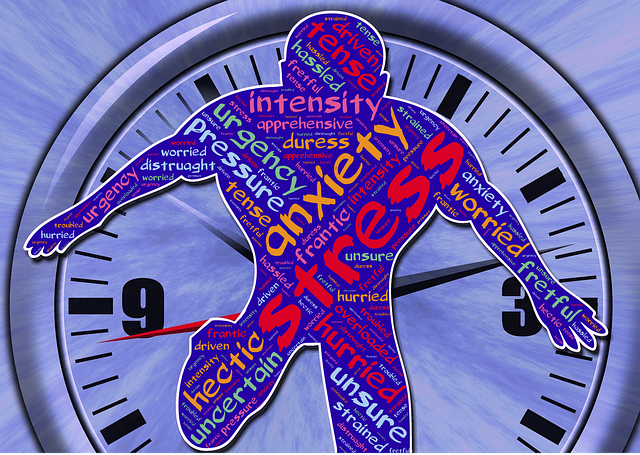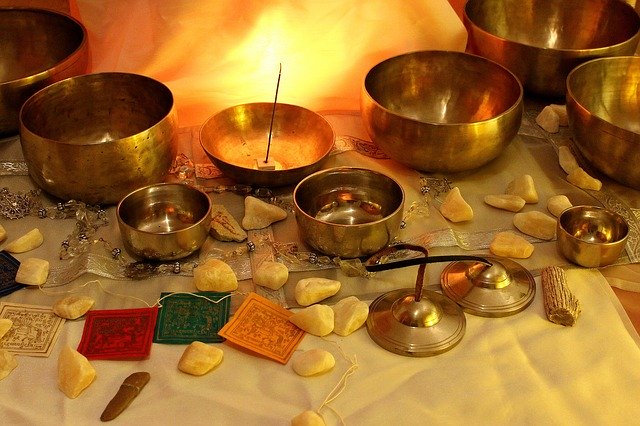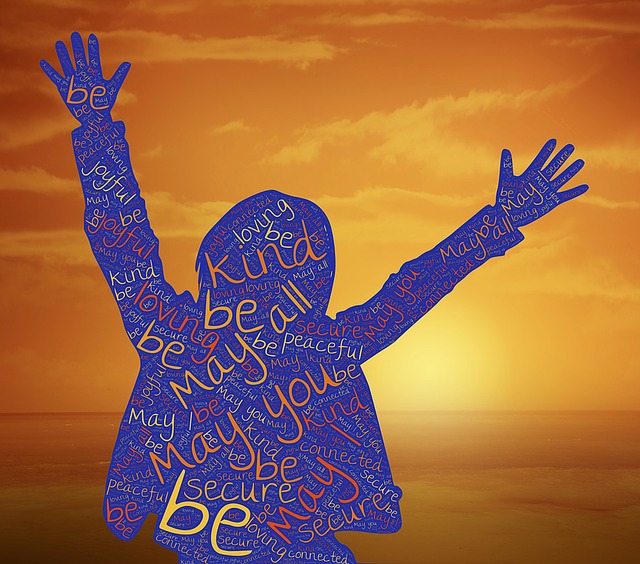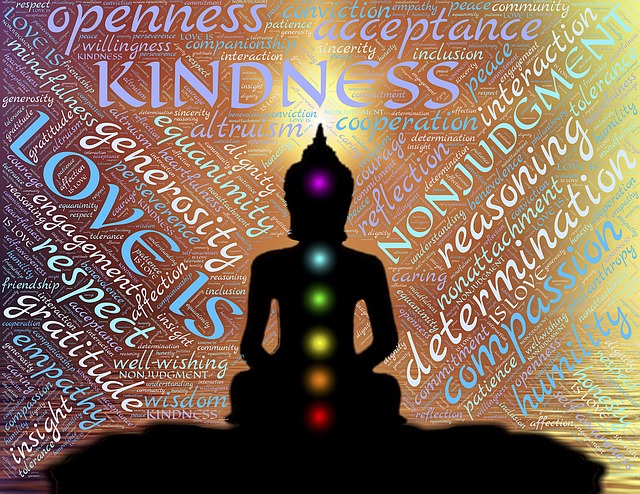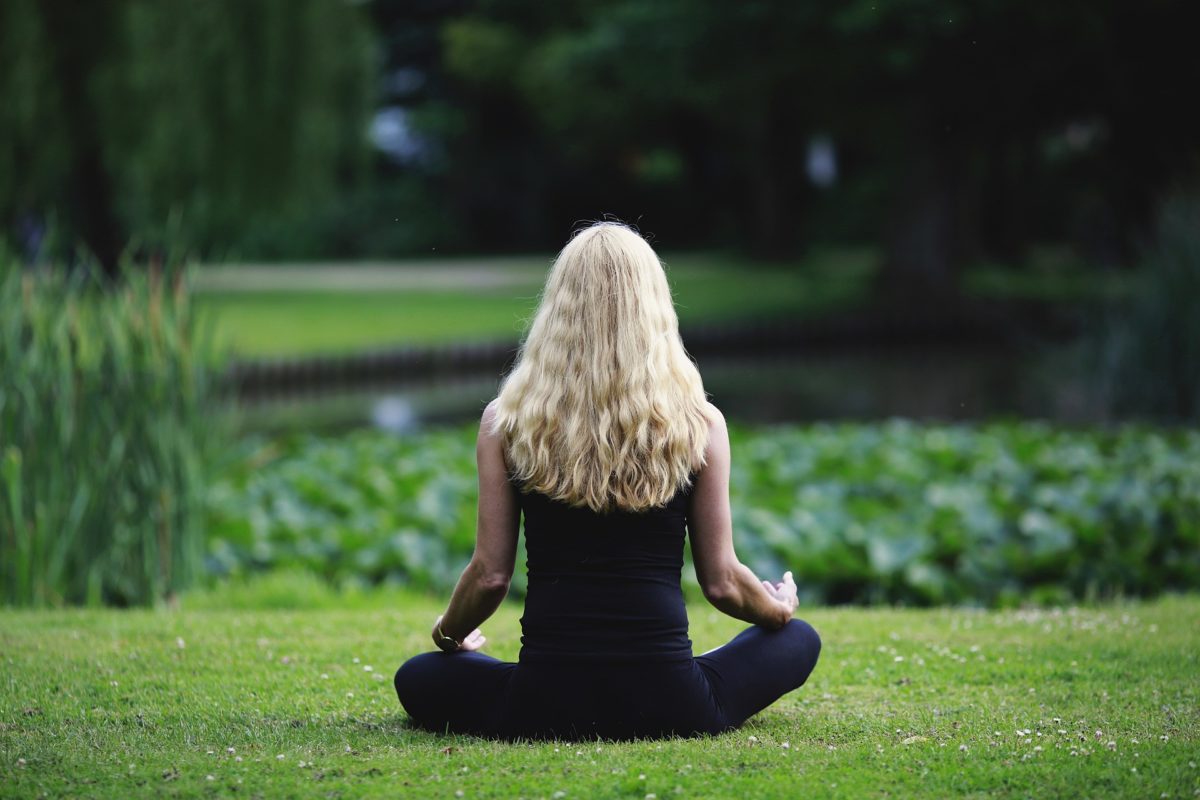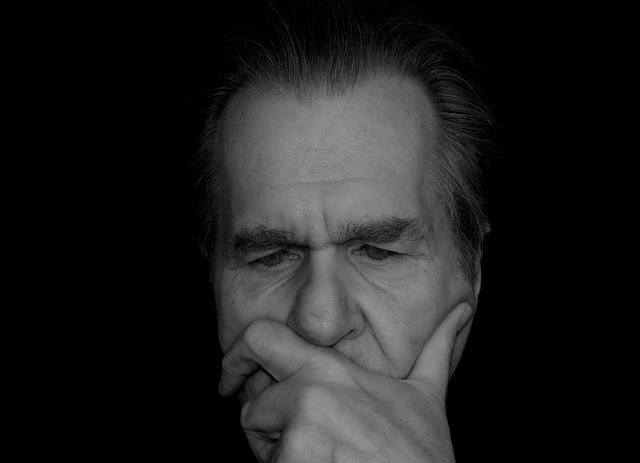Body Scan meditations take many forms but typically involve a process of progressive noticing of parts of the body, usually beginning with the feet. A body scan meditation can be undertaken anywhere or at any time and can be brief or extended. One of its advantages is that it can be easily integrated into other forms of mindfulness practices such as gratitude meditation or loving-kindness meditation. It can also be undertaken while lying down or sitting on a chair (e.g. in a workplace). A powerful example of the benefits of this form of meditation is provided by Tara Healey who offers a guided meditation incorporating a 10-minute full body scan.
What are the benefits of body scan meditations?
There are many benefits that accrue from this form of meditation and these benefits are typically mutually reinforcing. I will discuss several of the benefits here, but the real test is to try different forms of body scan and select one that is appropriate for the time you have available and your needs at the time. A daily practice will be habit forming so that in times of stress you can automatically drop into a body scan.
- Relaxation: the body scan is often described as a form of progressive relaxation as you consciously progress from your feet to your head paying attention to parts of your body, e.g. your toes on your left foot. The very act of noticing serves to relax the different parts of the body as you progress. Michelle Maldonado, when discussing self-care, suggests that a body scan can be used by people who have difficulty going to sleep in these challenging times.
- Tension release: some forms of body scan involve identifying different parts of the body where tension is being experienced in the form of tightness, ache, pain, or soreness. This approach involves noticing these specific physical tension points so that you can consciously release them. Because of the close mind-body connection, the release of physical tension can also serve to lessen sources of mental tension such as anxiety, fear or worry. Deepak Chopra maintains that “there is no mental event that doesn’t have a biological correlate” – in other words, our thoughts and feelings are automatically manifested in our body.
- Body awareness: as you develop the habit of a body scan, you increase your body awareness. Some forms of this meditation focus on body sensations as you progress through the scan. In this way, you become more conscious of how your body is reacting to your daily experiences – often an aspect of your daily living that is outside conscious awareness. Thus, the body scan is a route to developing mindfulness through heightening awareness of your body and its various sensations.
- Being present: body scan helps you to be in-the-moment, not distracted by thoughts of the past or anxiety about the future. Focusing on body sensations such as heat or energy in various parts of your body (such as when your fingers touch), can enable you to become really grounded in the present moment.
- Building capacity to focus: the act of conscious noticing of parts of the body, builds the capacity to focus – a key component of achieving excellence in any endeavour. Learning to pay attention to what is going on in your body builds your awareness muscle and can help to reduce debilitating habits such as procrastination.
- Developing self-awareness: this is a key element in the process of developing self-regulation. As you develop self-awareness, you become more conscious of what triggers negative emotions for you and are better able to build your response-ability, thus controlling how you respond in specific situations. You can become aware, for example, that particular situations make you “uptight” and learn what it is about those situations that contribute to your body and mental stress.
- Dealing with trauma: body scan is a form of somatic meditation that is often employed in helping people who have suffered trauma or adverse childhood experiences. Trauma and associated experiences leave deep imprints on your body, and mindfulness activities such as body scan can help to reduce this scarring and release harmful emotions.
Reflection
There are many benefits that accrue from the use of body scan meditations. However, the benefits are intensified with daily practice. As we grow in mindfulness through body scan meditations, we can develop self-awareness, release tension, improve self-regulation, build our body awareness, and heighten our capacity to be in the present moment. In this way, we can learn to focus our mind and energy and overcome the dissipating effects of distractions and challenging emotions.
___________________________________
Image by John Hain from Pixabay
By Ron Passfield – Copyright (Creative Commons license, Attribution–Non Commercial–No Derivatives)
Disclosure: If you purchase a product through this site, I may earn a commission which will help to pay for the site, the associated Meetup group and the resources to support the blog.
